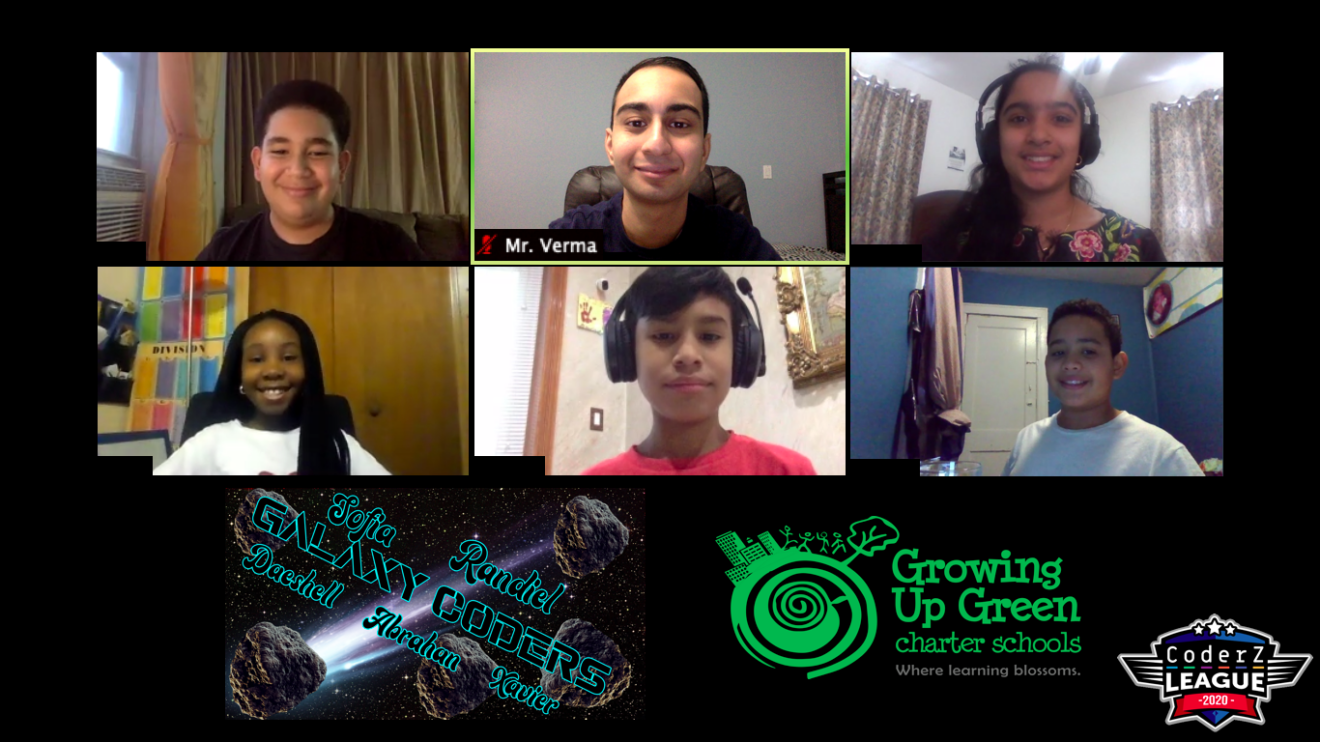Sign up for our daily edtech news briefing today, free.
Following the sudden shift to virtual learning in March caused by the coronavirus pandemic, our school had a goal to move to a hybrid, blended learning model in October. Initially a K-5 school, we added a middle school component with fifth and sixth graders for the 2020-2021 school year. The COVID-19 outbreak numbers in the greater New York City area where our school is located remained at elevated levels, though, so we decided originally to keep our students completely remote through the rest of this school year.
We had big plans to start an in-person robotics team this school year but had to regroup when we realized that remote learning was going to go on even longer. A group that would normally gather in person, bouncing ideas off one another, and working as a team was now going to be forced to work individually, remotely.
In the interim, I still wanted to learn about coding myself and teach our students how to code. When I heard about the CoderZ virtual robotics platform, I posted a DonorsChoose request and was able to get two teams of five students going on the platform. With my administration’s support, I was able to start offering virtual coding at our school.
We also received a Title I grant from CoderZ, which allowed us to start a robotics club. For one day per week after school, we work on one of the many different missions within the Cyber Robotics 101 Curriculum — and we do it virtually. We also joined the CoderZ League, an international virtual robotics competition for students in grades 5-12 which uses the simulation of virtual 3D robots to perform complex tasks and missions.
Whether working on the curriculum or participating in the virtual competition, here are five key “wins” that our students and school have seen from these efforts:
A diverse socialization tool
The pandemic has made it difficult for students to get together and socialize in person, but our robotics platform gives them a way to form friendships and strong bonds with one another remotely. Sometimes at the team meetings that take place after school online, they’ll tell me how they were playing different video games together virtually. Kids of all ages and abilities are bonding over common interests and branching out to different groups of friends and it is pretty amazing to watch.
Facilitation of STEM equity
As an educator, I’ve seen firsthand how physical, hands-on activities are much more advantageous for certain students than they are for other students. And it’s not just about holding the physical robot; it’s also about adding future-ready skills like robotics and coding to the mix. Being able to offer coding helps bridge academic achievement gaps, STEM gaps and opportunity gaps. Students get hands-on opportunities with engineering, math, problem solving, and other skills that they’ll need to succeed in college, the workforce and life.
Incorporation of core lessons
To move the robot, students must be able to measure distance, measure angles, and use tools like protractors and rulers. Most of them have used these tools in the past, but not always in an applied setting. In our coding platform, if they move a robot X degrees or Y meters, they actually win points and missions. That makes it a lot more motivating and interesting for them, versus just measuring objects with a ruler or using a protractor.
Team building from a distance
The platform is virtual, so the students are all looking at something via a shared screen. There are five students on each co-ed team and even when we’re not having our two scheduled team meetings a week, they’re meeting with one another on their own time and discussing different ways to achieve a mission. It’s just been so refreshing to see students showing off their strengths to each other.
Teacher becomes the student
Coding is also a learning experience for us as teachers, who may not always be able to grasp a new concept or skill as quickly as our students do. It’s important to know that this is completely okay, and that it actually helps to level the playing field in terms of the students seeing us as “life-long learners” versus just being the “teacher who knows everything.” Their egos and their self-esteem definitely go up when they get to explain something to me. Even in my remote classrooms, the minute I write the wrong answer, I’ll have kids unmute themselves and say, “Oh no, you made a mistake.”
After the preliminaries in the recent CoderZ League international virtual robotics competition, one of our coding teams was in 9th place and the other was in 13th place in our bracket, which includes about 64 teams from around the world. It’s been amazing to watch them rise up in the ranks and pick up a variety of STEM skills through a remote platform, and so quickly.
Yuvraj Verma is a learning specialist teacher at Growing Up Green Charter School II, an inner city elementary and middle school, and a doctoral student at William Howard Taft University majoring in technology and leadership. Verma uses CoderZ for his school’s virtual robotics and coding teams.
___________________________________________________________________________________________________________
Like this article? Sign up for our Edtech news briefing to get news like this in your inbox, or check out all of SmartBrief’s education newsletters, covering career and technical education, educational leadership, math education and more.
More from SmartBrief Education:
- Free resources for educators during the coronavirus pandemic
- Distance learning while respecting students’ home lives
- 8 ways to make vocabulary instruction more effective
